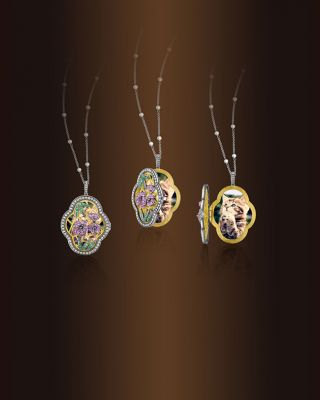OUR WORKS
-
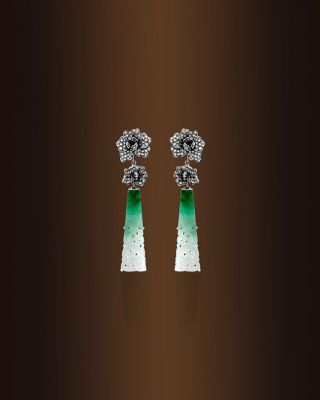 GLORIOUS PEONYread more
GLORIOUS PEONYread moreThe peony, the flower of wealth and honor, is the symbol of prosperity in Chinese culture. The peony’s large petals and showy color make it “The King of Flowers”.
-
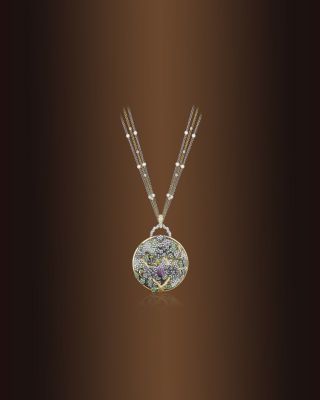 GONG BIread more
GONG BIread moreYEWN’s Gongbi Collection pays tribute to Chinese painting artists of this meticulous art form with YEWN’s trademark craftsmanship. Coloured and usually depicts figural or narrative subjects, GongBi uses highly detailed brushstrokes that delimit details very precisely and without expressive variation. These paintings were endorsed and collected by royalty and the elite of China in secret in royal palaces and private homes between the Tang and Song (960-1276 AD) Dynasties.
-
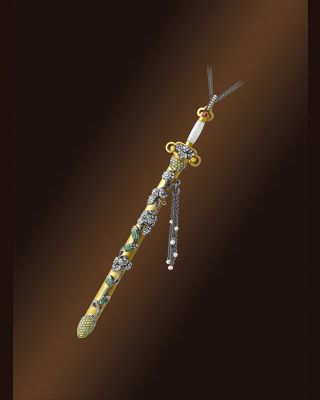 IMPERIAL AMULETread more
IMPERIAL AMULETread moreIn the Manchu language, “Abkai Wehiyehe” means “ Blessed by the Heavens” and was the name of Qing Dynasty emperor Gaozong, whose reign was called Qianlong. Born in 1711 and passing away in 1799, his life spanned much of the Eighteenth century.
-
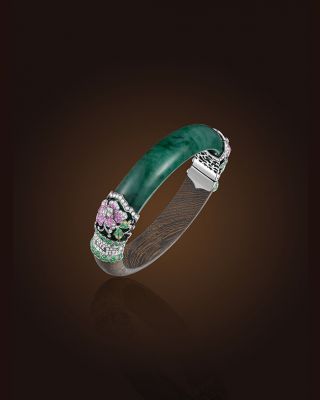 IMPERIAL GRACEread more
IMPERIAL GRACEread moreImperial jewellery was the most delicate part of imperial costume. The most frequently used precious gems like pearl, jadeite, tourmaline, coral, ruby, sapphire and so forth, were set in gold and silver.
-
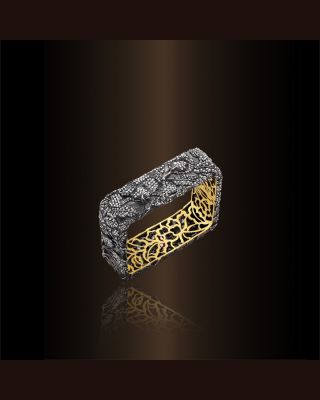 LACQUERWAREread more
LACQUERWAREread moreLacquer objects have been discovered in burial grounds dating back to Neolith- ic times at the Hemudu 河姆渡 archaeological cultural site in Zhejiang Prov- ince 浙江省 and through fragments discovered at the Erlitou二里頭site dating from the Xia dynasty 夏朝 c.2100BCE. By the Shang dynasty 商朝 (c.1600– 1050BCE), lacquer was already a sophisticated art form.
-
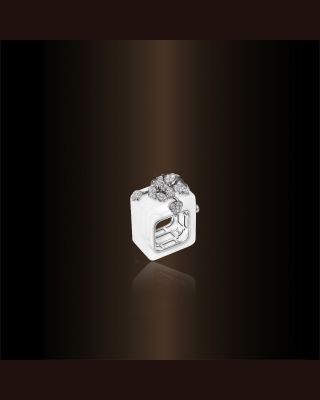 LITERATI SPEAKread more
LITERATI SPEAKread moreLiterati, scholars in China whose poetry, calligraphy, and paintings were supposed primarily to reveal their cultivation and express their personal feelings rather than demonstrate professional skill. The concept of literati painters was first formulated in Northern Song period (960–1127)—at which time it was called shidafuhua (士大夫畫, scholar-official painting)—by the poet-calligrapher Su Shi (蘇軾 1037-1101), the ideal of the literati painting was finally and enduringly codified by the great Ming dynasty critic and painter Dong Qichang (董其昌 1555—1636).
-
 LOCK OF GOOD WISHESread more
LOCK OF GOOD WISHESread moreLock is an auspicious symbol in Chinese culture, wishing for good health and longevity.
-
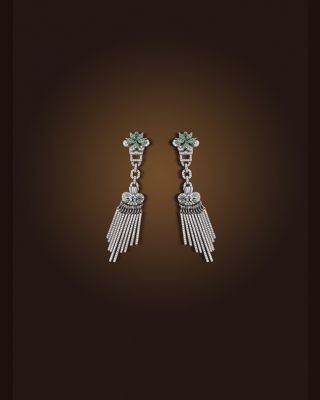 MANCHURIANread more
MANCHURIANread moreYewn’s Manchurian Collection pays tribute to the Manchurian cultural heritage.
